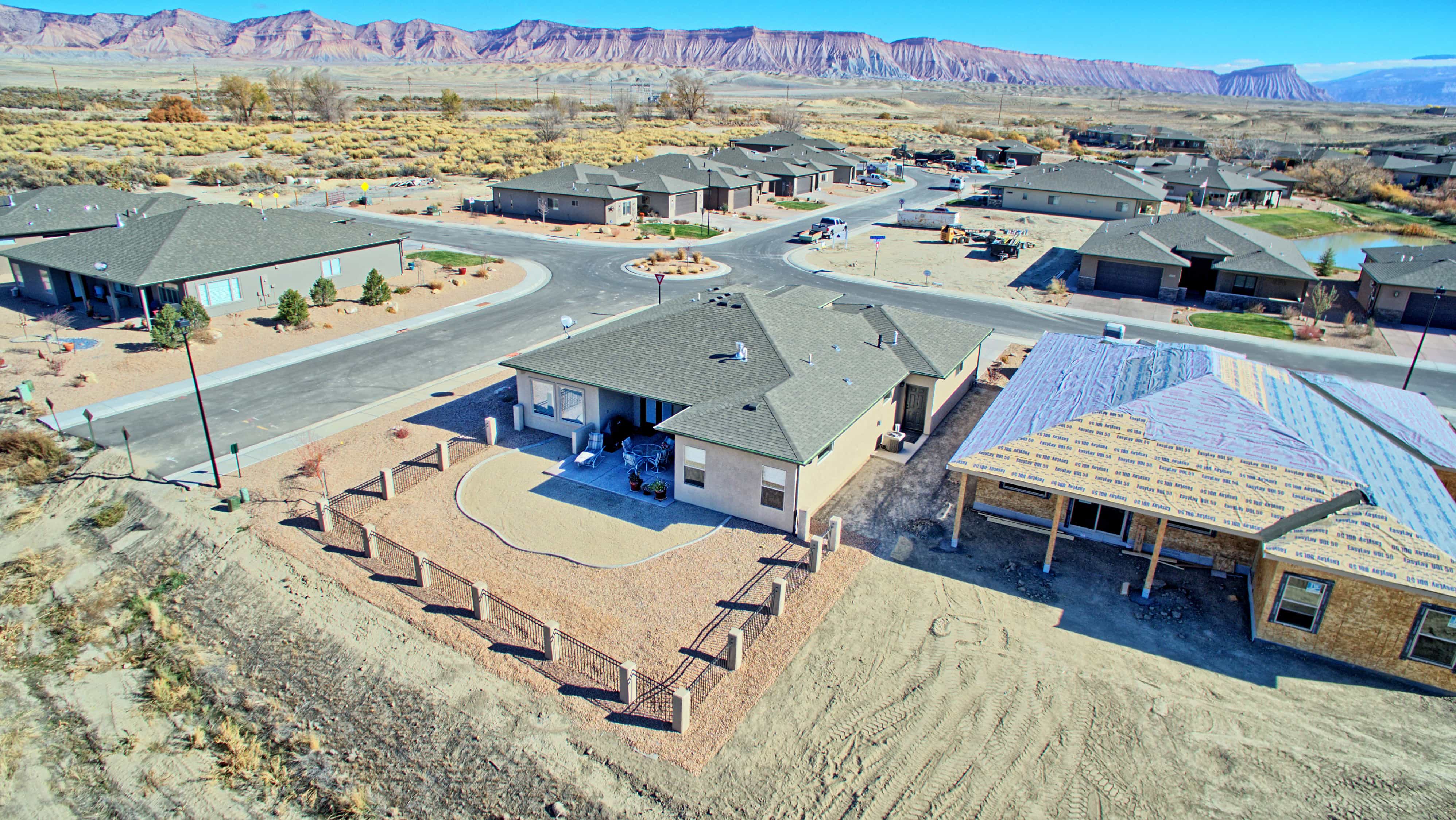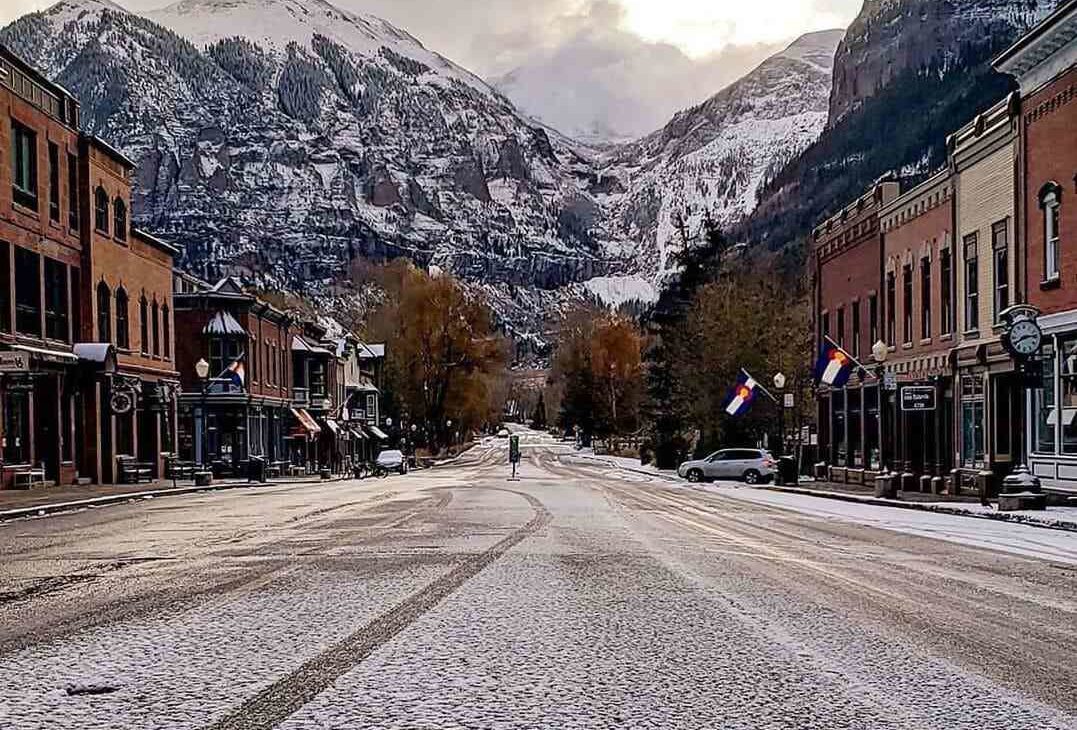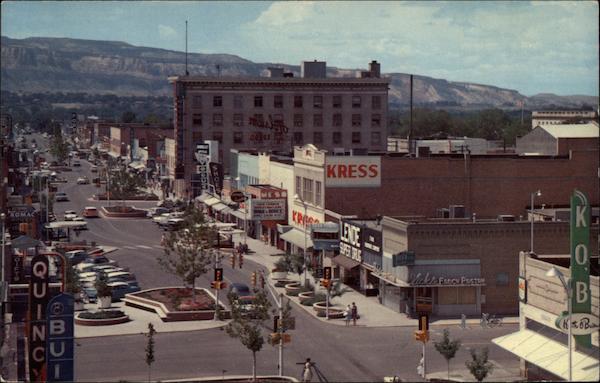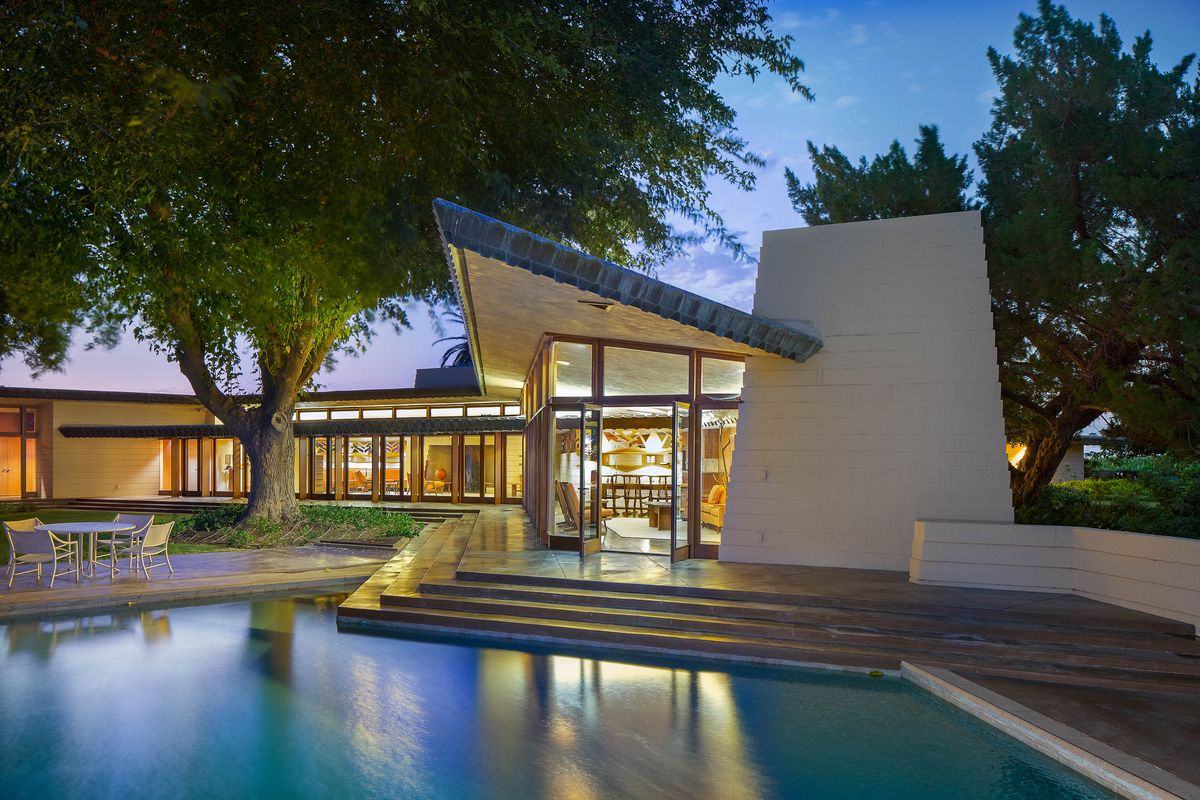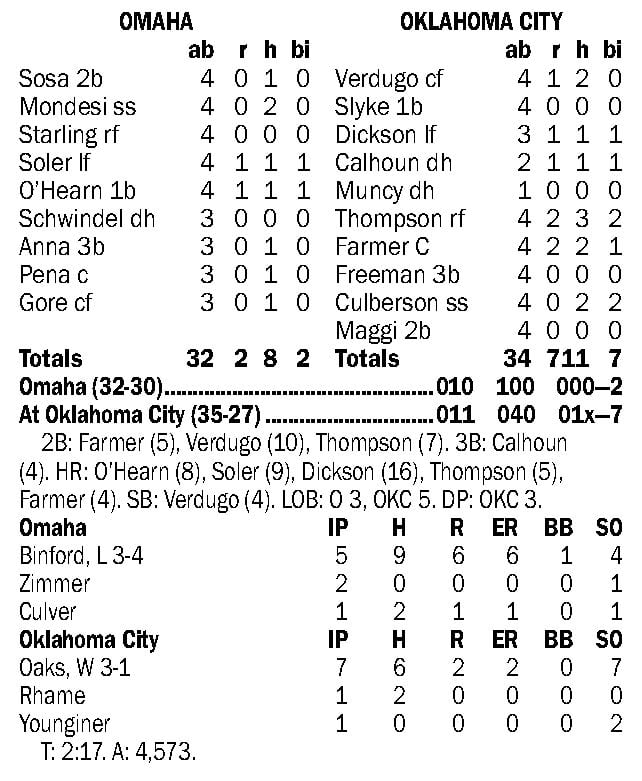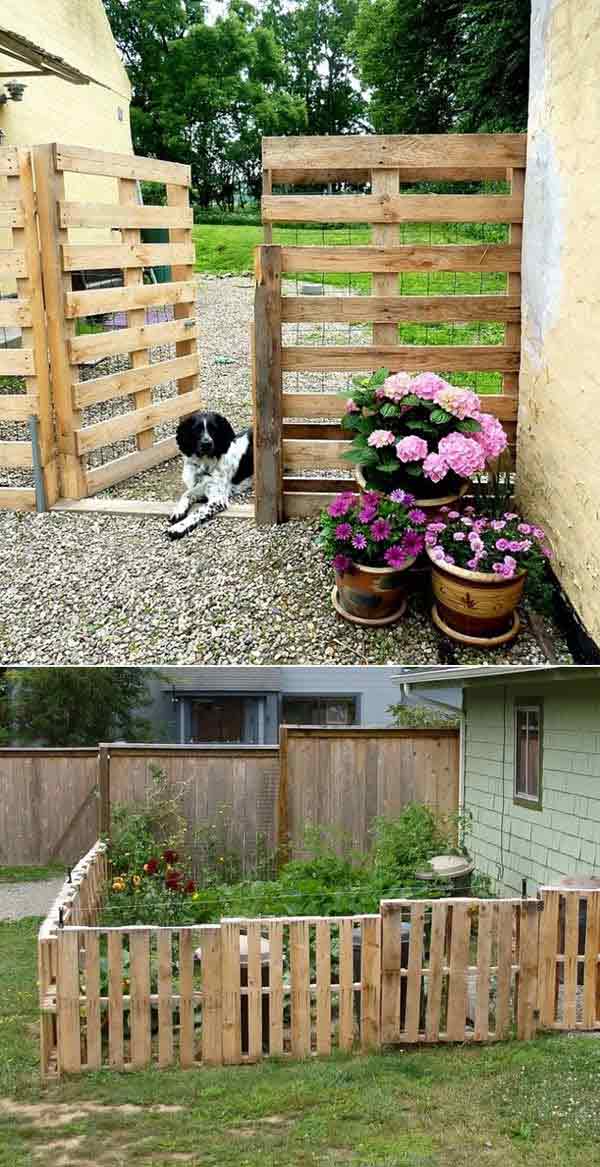Table of Content
Expect to pay between $2,500 to $8,000 for a mobile home foundation. The cost will vary depending on the type of foundation you’re looking to build and the size of your mobile home. Excitingly the code allows for innovation and since 1996 many manufactures are making more efficient foundation systems for manufactured and mobile homes.

There are different types of manufactured home foundations available, and the mobile home foundation is essentially what the home is built on. Understanding the type of foundation a manufactured home has is crucial when considering it for purchase. In many instances, a foundation certification is needed on a manufactured home to confirm that the foundation exists and is permanent and functional. In most circumstances, permanent foundations meet the criteria for your home to be considered a real estate property and will help with financing. Similar to a basement foundation, homes skirted with concrete blocks can create extra space for storage and utilities beneath your modular or manufactured home. While they do not create extra liveable space, they do create a stick-built home appearance, which has made them more popular.
How To Build Concrete Runners For Mobile Home
Depending on where you live, certain areas will consider a simple concrete slab as an option. However, there will be specifications that you need to meet for this qualification. All mobile home foundation systems need to conform to the requirements put in place in the HUD Permanent Foundations Guide for Manufactured Housing . Pier and beam may not be accepted as a permanent foundation in your local area.
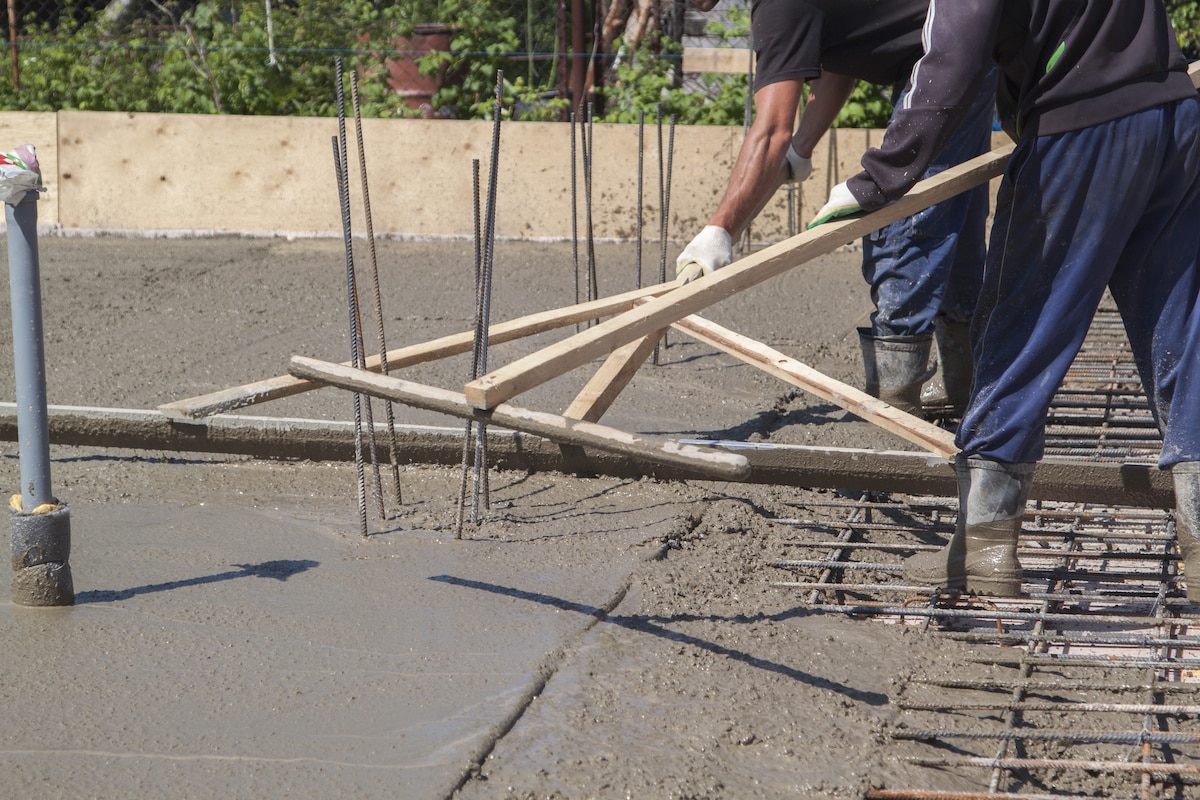
A permanent foundation is defined as a foundation that is built on site and of durable materials. Since mobile homes do not fall under the category of a “site-built” home, it is crucial that the foundation does. Engineer’s foundation certification is also required to conclude the buying, selling, or refinancing of your home. The foundation of a slab home is a flat, concrete foundation with 4 to 6 inches of gravel or sand beneath.
Free Inspections & Estimates!
Of course, the job is not finished when the foundation has been poured! We take care of all the logistics of moving the home onto the new foundation and securing it. Use the slider to see before and after pictures of this manufactured home, which has a brand new foundation and front porch. Subsequently, you’ll also have to engage with any licensed electricians and plumbers to ensure that your project won’t affect the electricity lines and plumbing. Do note that separate permits may be required in case you need to redo these amenities for your mobile home, so you’ll have to prepare for those beforehand as well.
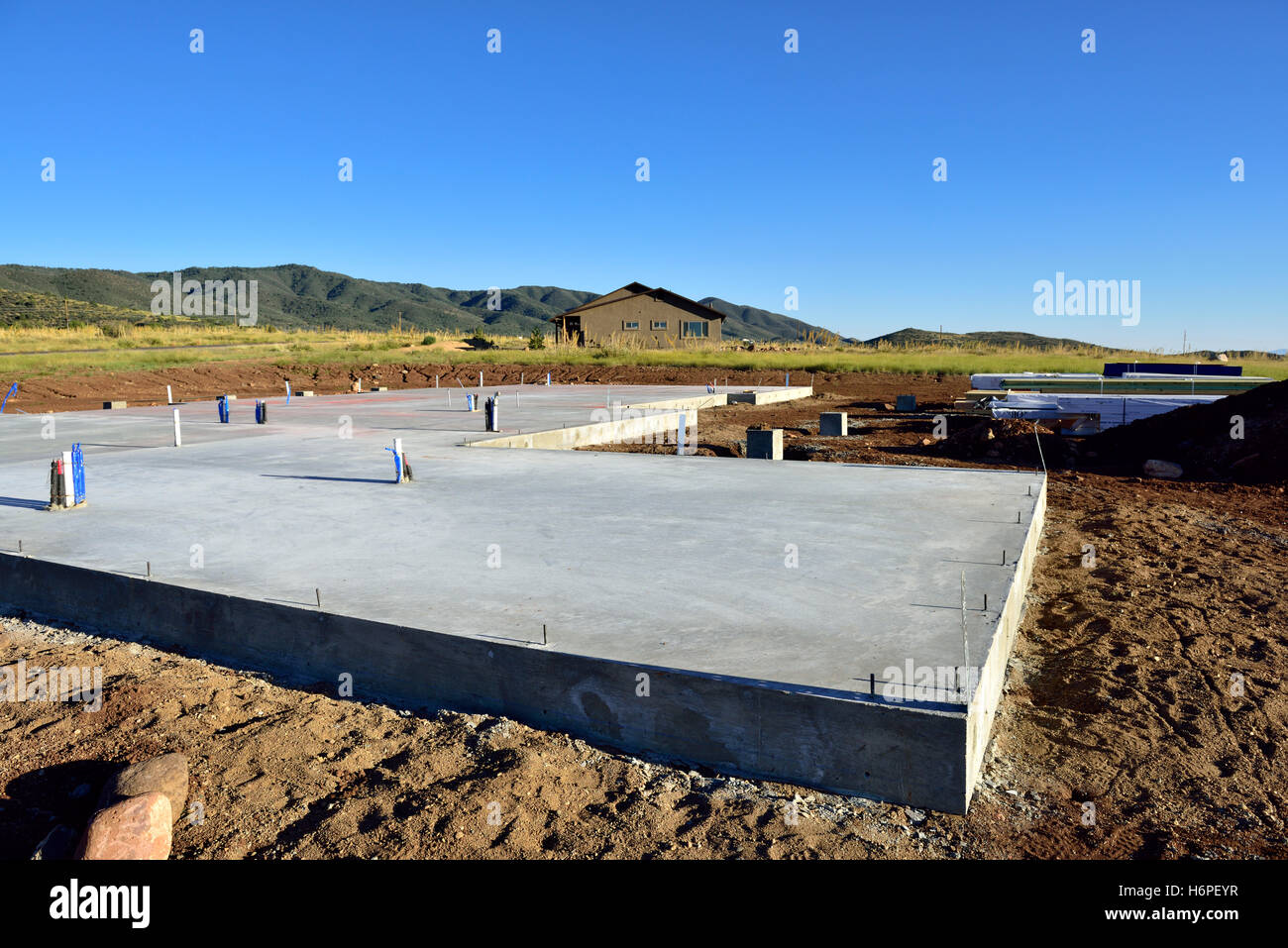
The foundation of the home, on the other hand, acts as a support structure rather than a floor. Installing a vapor barrier beneath the concrete slab is an effective way of adding moisture protection to your living space. A contractor or an engineer has the necessary expertise to design the concrete slab adequately for the soil condition and your mobile home’s weight. An adequately supported 6-inch concrete slab foundation with reinforcement and an appropriate sub-base will support your mobile home in most areas. Manufactured or mobile home designs have come a long way over the past few decades. They are configured to be used as full time living accommodations and include plumbing, heating, electrical, and air-conditioning systems.
Easy access and extra storage – Crawl space systems
Without a good foundation, the frame of your home is subject to a lot of stress. The type and quality of the foundation can even determine whether financing is approved. To build concrete runners for a mobile home, first clear the area where the runners will be placed. Once the concrete has set, place the mobile home onto the runners. If you were to do this on your own, you’d need to hire a lot of equipment.
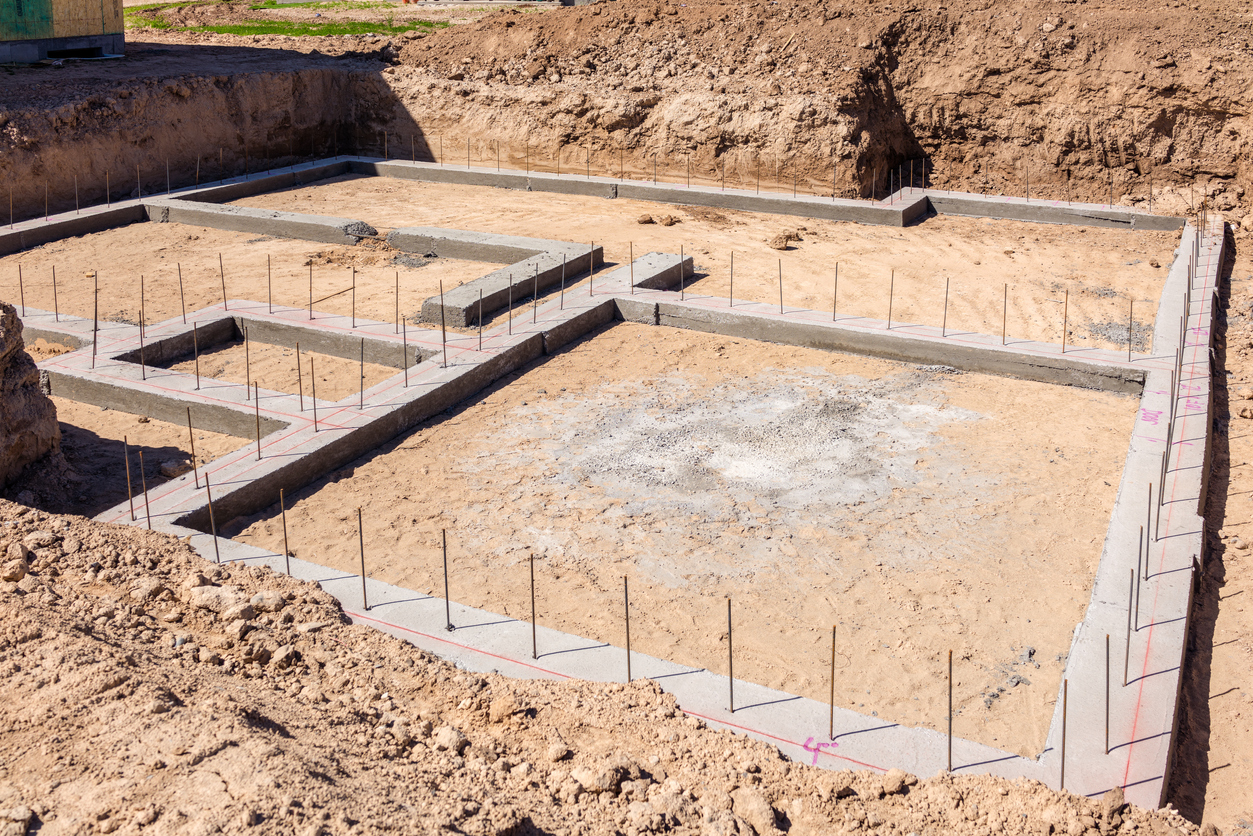
If you do not have the proper stability, this will keep your foundation from being considered permanent. Keep in mind that these prices reflect estimates for mobile homes that range from 500 sq ft, to 2,000 sq ft. This article will explain your foundation options and define each criterion. The information we will share will help you understand more about the process.
This is created by pouring concrete on the mobile home site, making it a cost-effective and quick way to add a foundation to the existing mobile home site. Using block skirting allows the home to be placed slightly below grade with backfill going up the block skirting one to two blocks high. Similar to the others above, this foundation is available for single wide and double wide manufactured homes.
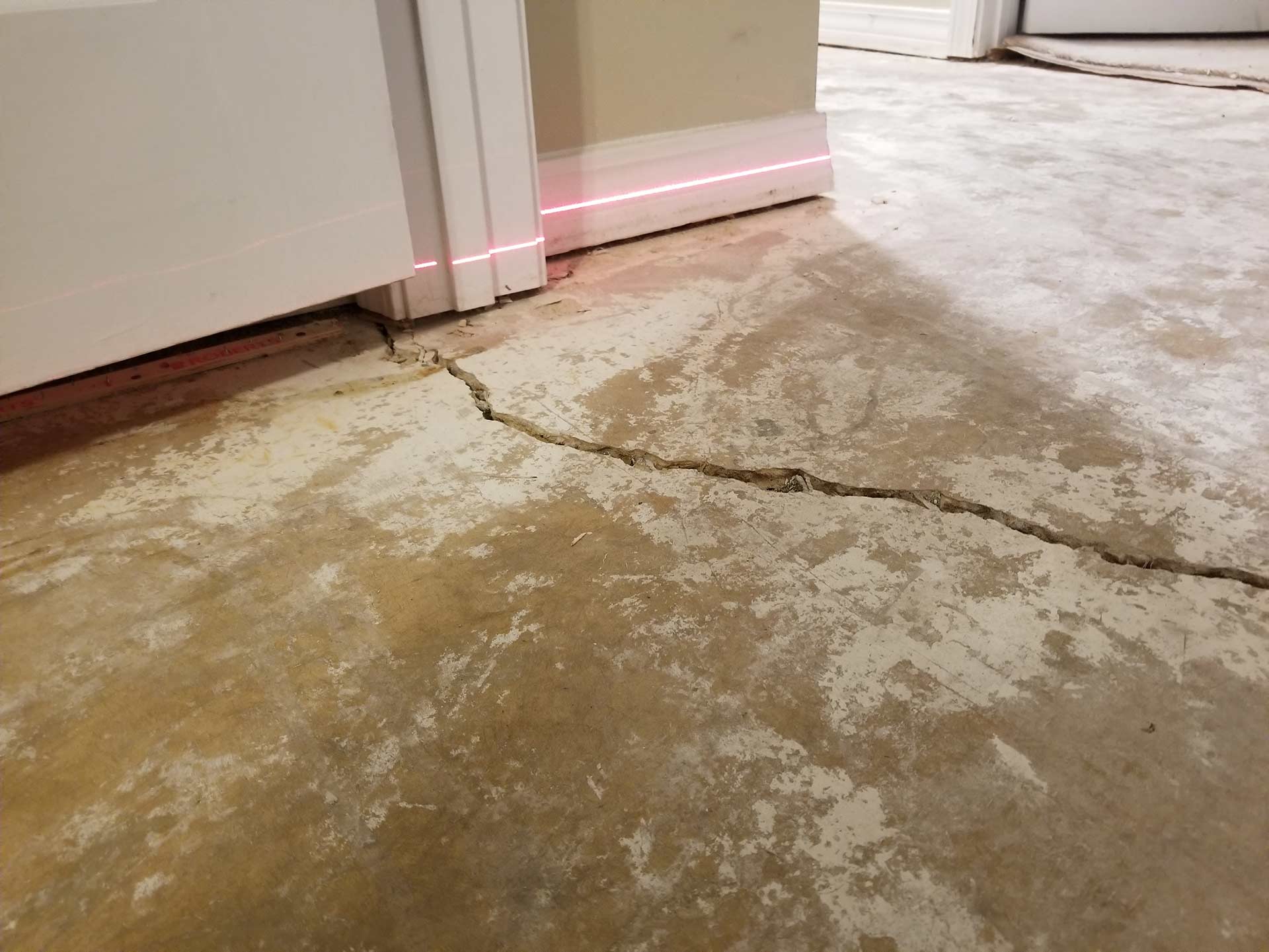
Some types of foundations are considered permanent, like you’d find with a traditional site-built home. Others are non-permanent, which can affect potential appreciation or resale value but means you may be able to move the home in the future. The cost for a concrete pit will be between $5,000 and $20,000. The price per square foot is the same as an unfinished basement, $10 to $25 per square foot.
Also, the basement walls and footings will need to meet building codes specific to your area. These codes will depend on certain things, such as the local rainfall and soil conditions. Less stable than the other techniques listed here, most townships and municipalities no longer allow these foundation types. Many homeowners enjoy the convenience of extra living space and a manufactured home can be set up on a basement foundation.

Although, you will need to check locally to ensure the option you want is considered a permanent foundation in your area. We will provide several of the basic options available and their details. All manufactured or mobile home foundations should be up to safety code, including those imposed by HUD. However, a slab foundation cannot be used for just any manufactured home. The site on which the manufactured or mobile home will sit must be relatively flat, to ensure the slab foundation can evenly support the home. However, this ensures a more permanent foundation for your mobile home that can resist high-winds.
